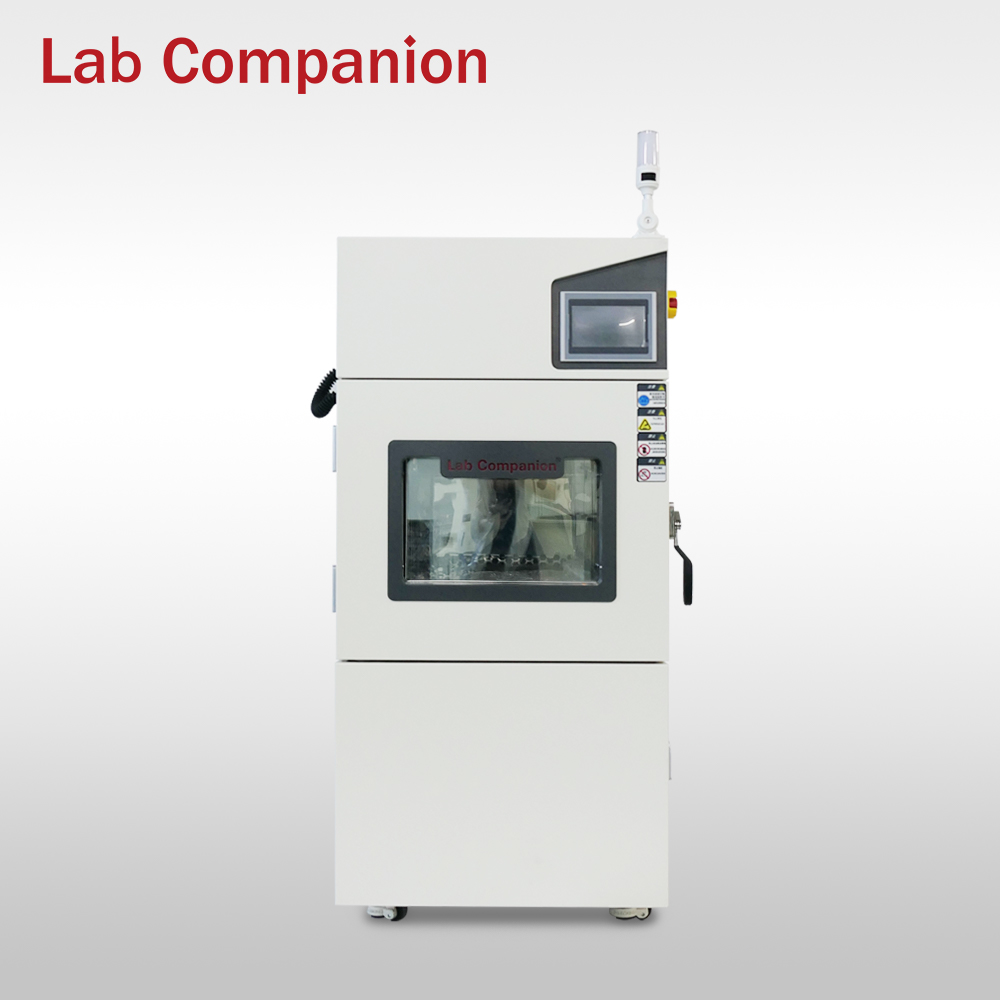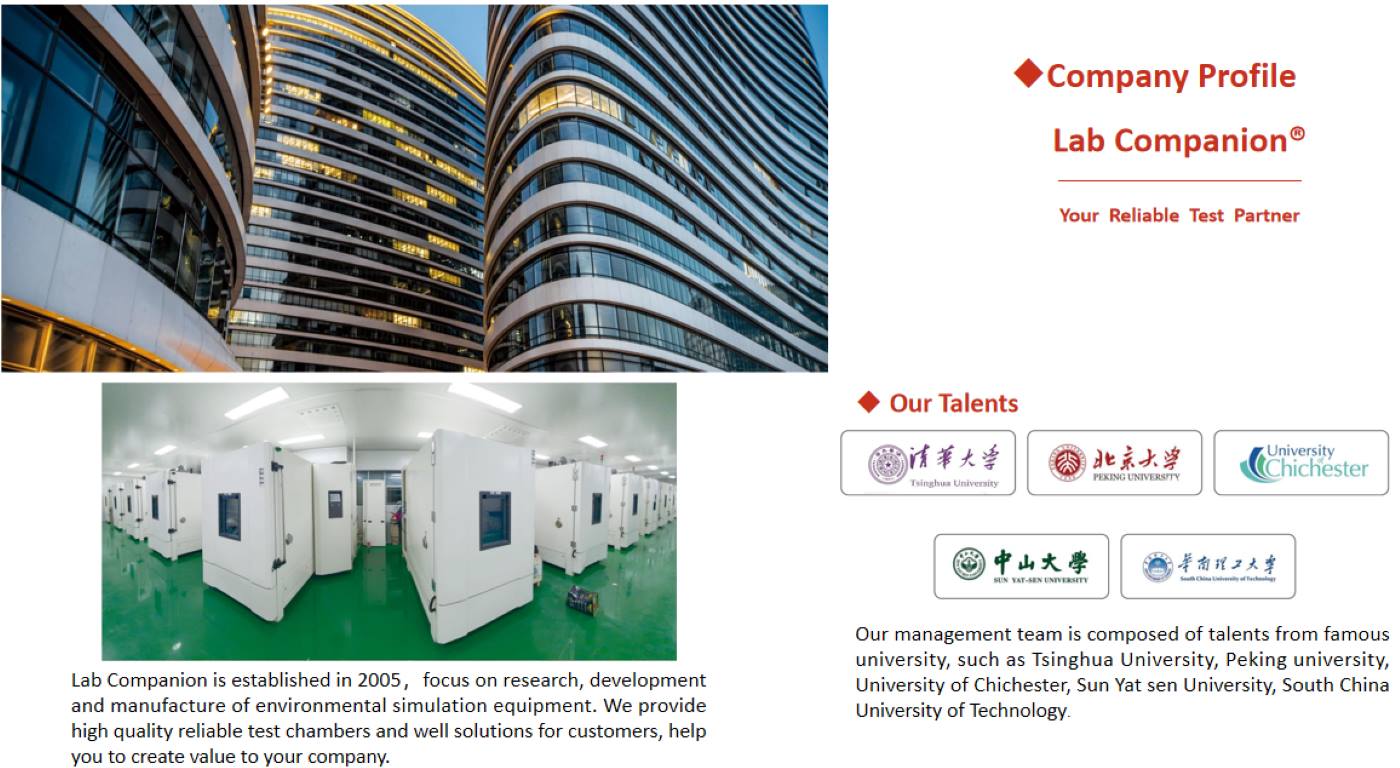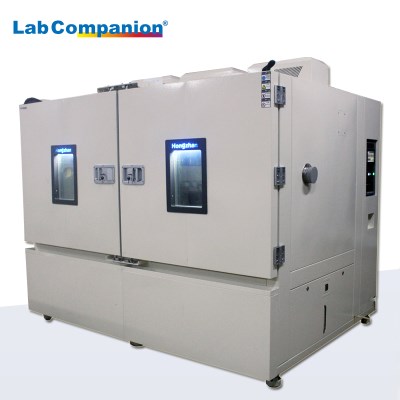A temperature flow meter is a precision instrument used to measure gas flow and temperature, widely applied in environmental monitoring, air conditioning systems, industrial manufacturing, and related fields. Its fundamental principle involves detecting temperature variations caused by gas flow to accurately calculate airflow velocity and volume, thereby providing users with precise data support. The instrument's key features lie in high precision and rapid response. Typically equipped with advanced sensors, it can swiftly capture minute changes in flow rate and provide real-time feedback. Its measurement accuracy remains exceptional even under complex environmental conditions, which is particularly crucial for industrial applications requiring strict control of airflow and temperature. Additionally, the operation of temperature flow meters is relatively simple—users only need basic configuration to obtain required data. This user-friendly design makes it easy for both professionals and general users to operate. Many modern models also feature digital displays with intuitive interfaces, allowing users to quickly understand current status and enhance usability. The instrument demonstrates excellent stability, maintaining consistent measurements over extended periods without significant drift, ensuring data reliability. With continuous technological advancements, many devices now integrate data storage and transmission functions, enabling users to review and analyze historical data post-test for informed decision-making. In conclusion, the thermal anemometer has become an indispensable tool in various industries due to its high precision, rapid response, user-friendly operation, and excellent stability. In daily life and professional settings, mastering this instrument not only enhances work efficiency but also provides crucial support for scientific research and engineering applications. As a vital measurement technology in modern science, it plays a pivotal role in technological advancement.
What are the customization processes of non-standard test boxes?
Cold and hot shock test chamber maintenance method
1. The condenser (or radiator) of the refrigeration unit in the cold and heat shock test chamber should be regularly maintained to ensure it remains clean. Dust that adheres to the condenser can cause the compressor's high-pressure switch to trip, leading to false alarms. The condenser should be cleaned monthly using a vacuum cleaner to remove dust from the condenser's cooling mesh, or after turning on the machine, use a hard-bristled brush to clean it, or blow away the dust with a high-pressure air nozzle.
2. When opening or closing the door or taking the test object from the furnace, do not let the item touch the rubber edge on the door to prevent the rubber edge from being damaged and shortened life.
3. Keep the ground around and under the fuselage clean at all times to avoid accidents and performance degradation caused by large amounts of dust being sucked into the unit.
4. The freezing system of the cold and hot shock test chamber is the core of this machine. Please inspect all copper tubes for leakage and snow conditions every half a year, as well as all nozzles and welding joints. If there is oil leakage, please inform the company or deal with it directly.
5. The large current contact of the distribution panel should be cleaned and repaired at least once a year in the distribution room. The loosening of the contact will make the whole equipment work in a risky state. At best, it will burn out the components, and at worst, it will cause fire, alarm and personal injury. When cleaning, use a vacuum cleaner to remove the dust in the room.
6. Do not adjust the setting value of the two over-temperature protectors in the power distribution box of the cold and hot shock test chamber casually. It has been adjusted at the factory. This protective switch is used to protect the heating tube from empty burning and alarm. The setting point = temperature setting point 20℃~30℃.
7. Cold and hot shock test chamber When the test product is taken when the time arrives, it must be in the off state and the staff must wear dry, anti-electricity and temperature-resistant gloves to take and put the product.
8. Clean and maintain the inside and outside of the cold and heat shock test chamber. 9. Before operating the cold and heat shock test chamber, remove any internal impurities. 10. The electrical distribution room should be cleaned at least once a year. When cleaning, use a vacuum cleaner to remove dust. The exterior of the chamber must be cleaned at least once a year, using soapy water for wiping.


